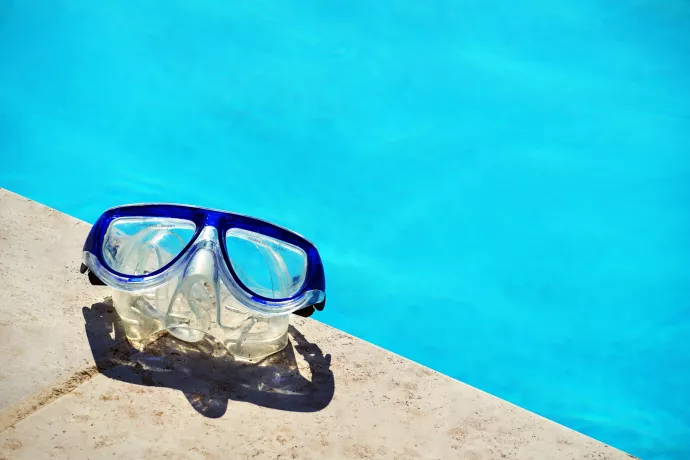
Professor Naomi Adiv: NYC’s public pools need a champion, and a plan: On the first day of the summer swimming season, what needs to be done better
Summer has arrived. With the school year over and the city’s outdoor public pools season starting today, Parks Commissioner Sue Donoghue only has around 500 certified lifeguards to protect the beaches and staff the pools, far from the 1,400 she needs to fully open the facilities across all five boroughs.
The challenges of NYC’s public pools go beyond the recent lifeguard shortage, having been disinvested for decades. The post-pandemic era could have improved opportunities for swimming as COVID inspired other agencies to enhance access to public space with programs like Open Streets and Open Restaurants. But for pools, allegedly due to the lifeguard shortage, it has brought the opposite, eliminating lap swimming, senior swim, lessons, and permits for camps. Is this the new normal?
:quality(70)/cloudfront-us-east-1.images.arcpublishing.com/tronc/MS4S5AKBQZAHTJAJC3YNLL3G6Q.jpg)
We propose that, with a comprehensive review of the numerous benefits our pools provide, and a champion for pools in city government, we can avoid their demise.
Happily, others share this view. Mayor Adams has indicated that he supports a vision in which New Yorkers can access our 520 miles of waterfront. This would be a lot more feasible if all New Yorkers had the skills to swim. Council Speaker Adrienne Adams echoed this sentiment in her 2023 State of the City address, noting the need for more swimming education and access to pools. Council Member Selvena Brooks-Powers points out that her district in the Rockaways is surrounded on three sides by water, but paradoxically contains no pools for learning to swim.
Presently, the Council is considering a package of bills that would help our pools serve the citizens of New York City into the future. These include 1. a mandate to evaluate sites for new pools, as 16 City Council districts do not currently have any (sponsored by Brooks-Powers); 2. free swimming lessons to all children under age 13 (sponsored by Julie Menin); and 3. a demand for more accountability and reporting on lifeguard staffing and water emergency response efforts (sponsored by Shekar Krishnan).
But beyond legislation, the pools in New York City need a champion, and a plan. Pool access and swimming education are essential to combatting increasing heat vulnerability and eliminating preventable drowning deaths. This is an environmental justice issue: the dual crises of heat and drowning do not cut evenly across the city.
Black and Brown communities, largely left behind when it comes to pool access, are more than twice as likely to die from heat-related causes or from drowning. This tragedy is the result of decades of planning decisions and an underfunded Parks Department, and it can be solved the same way.
New York’s 53 outdoor public pools also have tremendous potential to bring joy and connection to New Yorkers in their communities. One designer’s vision for a better pool is even on view right now at MoMA. The time is ripe to establish a world-class network of aquatic facilities for our world-class city. Our pools ought to be community hubs for swim lessons, cooling, and enjoyment by all.
A chief aquatics officer could undertake a master planning process that takes stock of all of the city’s existing aquatic resources and identifies gaps where we need more and better facilities and programs. They could help the city and the Parks Department develop and achieve a bold vision to align the many agencies and stakeholders involved; and engage communities. With a nimble and creative team, they could harness state and federal dollars to fund this process. Perhaps the just passed New York State Environmental Bond Act or the federal Great American Outdoors Act could provide money toward the plan. New York could have great, equitable pools and aquatic facilities.
The pools are lifesaving oases and a place for everyone who wants to escape the heat, meet a friend, or take their kid for a fun day.
What if NYC provided enough swimming and cooling facilities across the city that made people happy to be here all summer long? What if all visiting the pools felt welcome and safe? What if everyone who enjoyed New York’s beautiful beaches were confident swimmers because they had access to lessons? Arming the right leaders with the right plan can provide this access. The time is now for New York City’s leaders to make this happen.
Eisenberg is currently studying criminal law and environmental justice at CUNY School of Law. She previously worked in public policy and urban planning. Adiv is an assistant professor at the University of Toronto Mississauga, where she teaches on urban politics and policy, and public space. She has published academic research on the history and geography of swimming and bathing in New York City.
This article is from New York Daily News. You can read more here.
